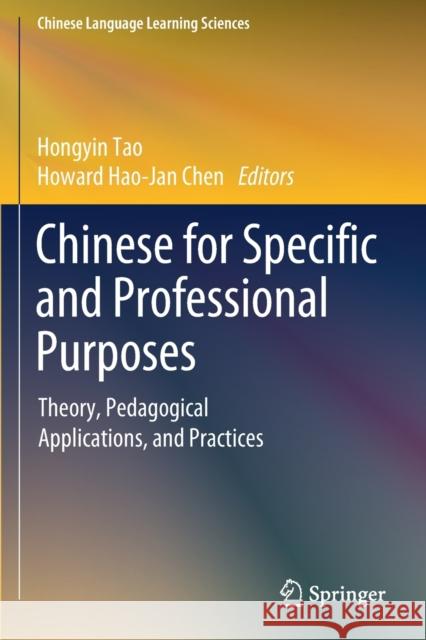Chinese for Specific and Professional Purposes: Theory, Pedagogical Applications, and Practices » książka
topmenu
Chinese for Specific and Professional Purposes: Theory, Pedagogical Applications, and Practices
ISBN-13: 9789811395079 / Angielski / Miękka / 2020 / 409 str.
Chinese for Specific and Professional Purposes: Theory, Pedagogical Applications, and Practices
ISBN-13: 9789811395079 / Angielski / Miękka / 2020 / 409 str.
cena 645,58
(netto: 614,84 VAT: 5%)
Najniższa cena z 30 dni: 616,85
(netto: 614,84 VAT: 5%)
Najniższa cena z 30 dni: 616,85
Termin realizacji zamówienia:
ok. 22 dni roboczych
Dostawa w 2026 r.
ok. 22 dni roboczych
Dostawa w 2026 r.
Darmowa dostawa!
Kategorie:
Kategorie BISAC:
Wydawca:
Springer
Seria wydawnicza:
Język:
Angielski
ISBN-13:
9789811395079
Rok wydania:
2020
Wydanie:
2019
Numer serii:
000810870
Ilość stron:
409
Waga:
0.59 kg
Wymiary:
23.39 x 15.6 x 2.21
Oprawa:
Miękka
Wolumenów:
01
Dodatkowe informacje:
Wydanie ilustrowane











